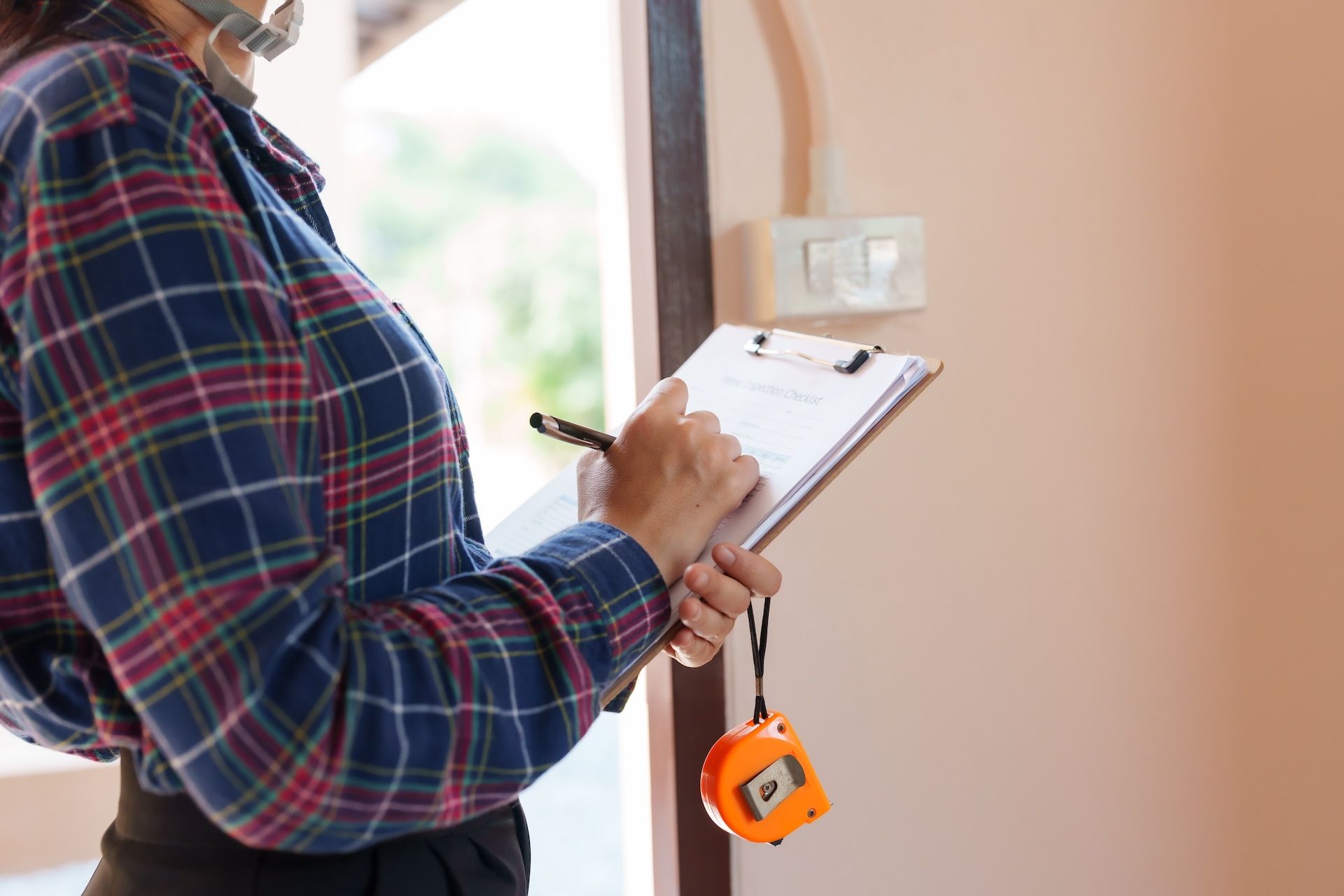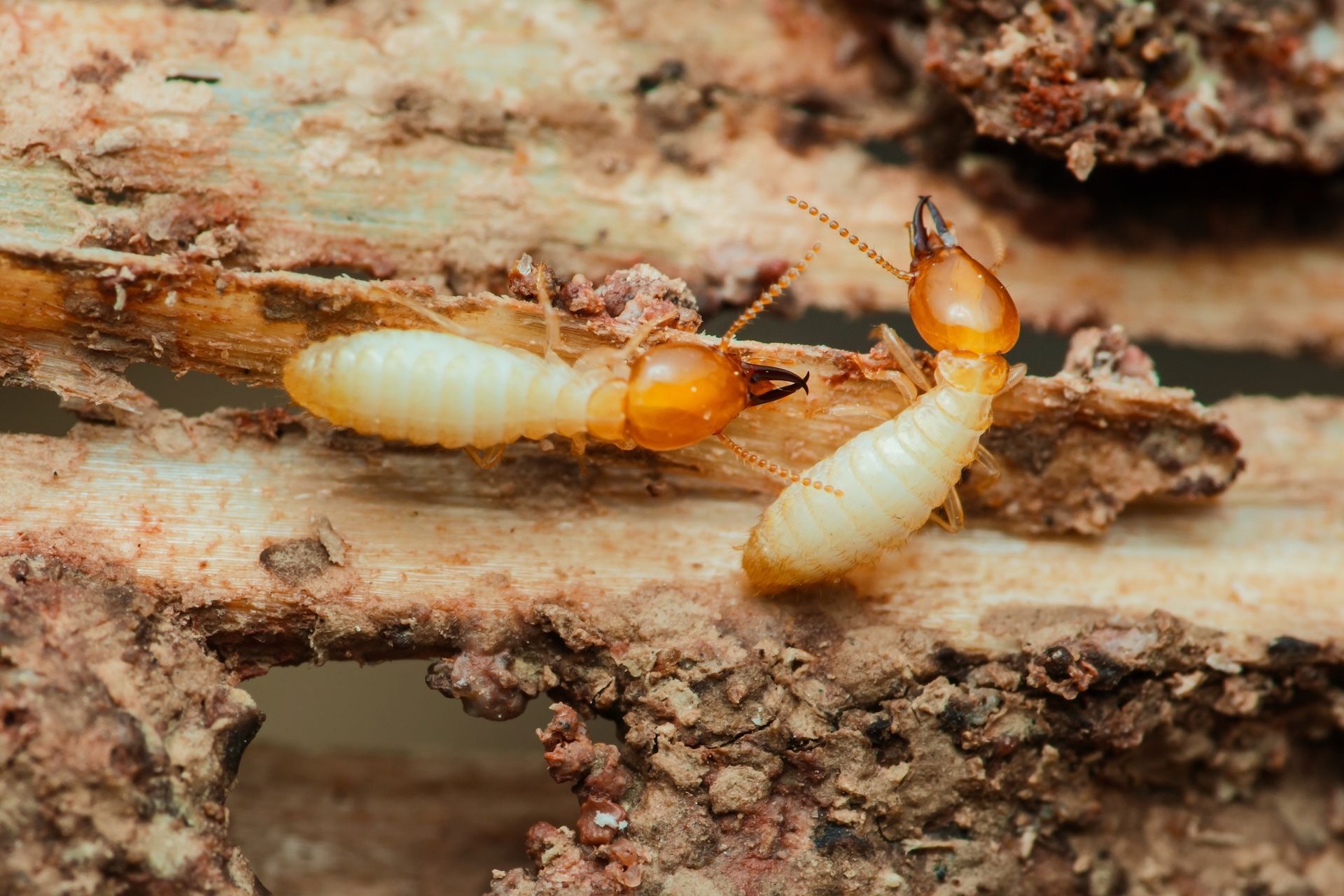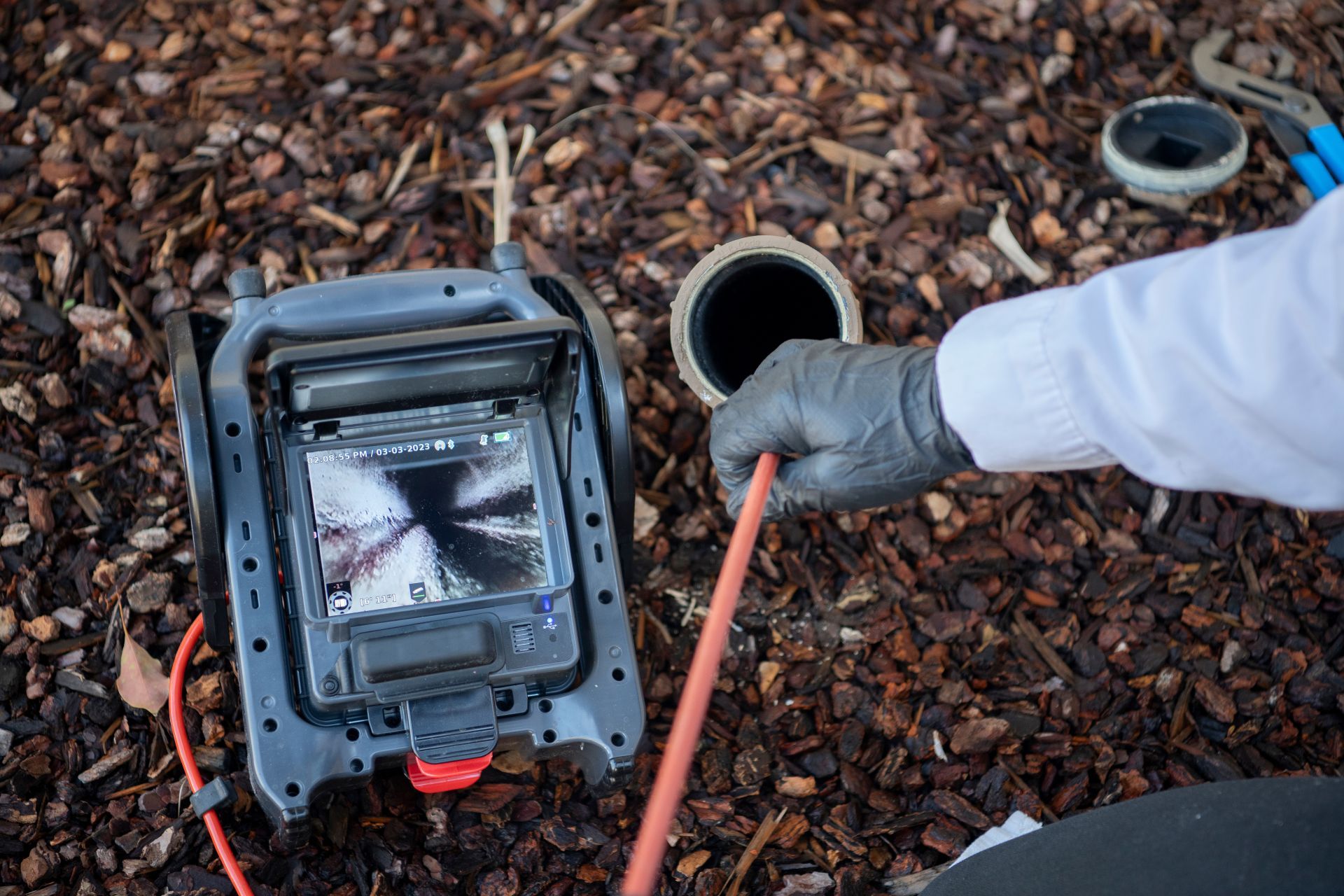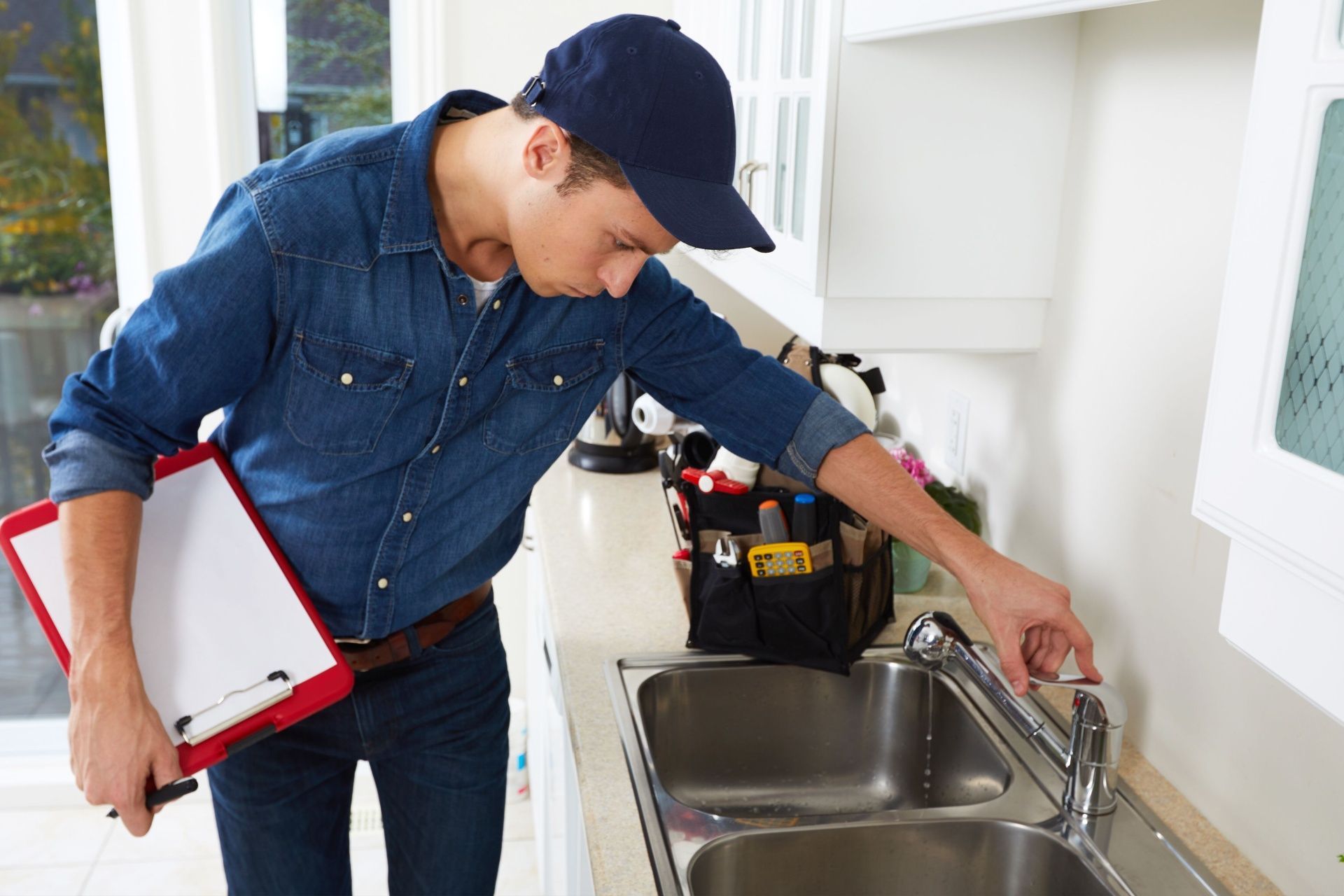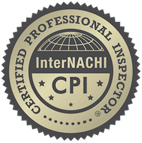Water Damage Inspection - Things You Should Know
Be it classic Florida storms or burst pipes, your business or residential property can suffer extensive water damage which can be costly to address. Naturally, you may be inclined to think about repairs right away so you can go back to normal faster, but this is usually not the right approach.
A comprehensive water damage inspection is a good first step as it can provide you with insight into the extent of damage your property suffered, which will significantly simplify things moving forward.
Let’s take a look at what flood damage inspections include and explain how they can help you restore your property to its original condition.
What Is A Water Damage Inspection?
An examination of your property performed by an experienced water damage inspector determines the source of damage, as well as its scope. That way, it’s possible to learn exactly how the structural integrity of the property was harmed by the water, and if potential new problems will diminish the safety of the inhabitants in any way.
Since all the damages will be documented, the homeowner can get a clear picture of the full extent of their losses from an impartial source. This helps gather the necessary evidence for a future insurance claim.
What Does A Water Damage Inspection Include?
Regardless of where the damage originated, a water damage inspector will follow a consistent set of steps while checking your property. The inspection may include:
1. Identifying the source of the water
Determining the source of water damage is quite useful in cases where leaks are out of reach for the regular Joe, such as hidden behind walls or a burtst pipe within a ceiling.
Water tends to spread quickly and can lay waste to anything in its path. This is why a water damage inspector will extend their scan to areas adjacent to the source of the damage. For instance, they may check:
- Structures near the damaged areas
- Areas below flooded kitchens
- Rooms below bathrooms
- Areas that contain expensive appliances
- Spaces above water-damaged ceilings
Even if the source of water is obvious (e.g. cases where weather conditions lead to a flooded basement), this part of the inspection is still necessary as it can be used to identify drainage problems or any new hairline cracks that might have occurred.
2. Confirming the type of water damage
Since water can be contaminated, protecting the health and making certain appropriate restoration processes are followed, the inspectors have to specify the level of contamination.
According to industry standards, water contamination falls into three categories:
- Category 1: this type of water is free from any contaminants and can be remediated quite easily. In most cases, it’s the result of broken water heaters or leaking faucets.
- Category 2: referred to as gray water, this type has some level of contamination but it’s not considered toxic. This is quite common in occasions where the water damage originated from washing machines or dishwashers, which consequently led to water being contaminated with detergents.
- Category 3: water that is heavily contaminated and poses a substantial health risk. This is the type that is the hardest to successfully remediate and generally originates from natural floods, sewage pipe problems, or toilet backflows.
3. Evaluating the extent of the damage
As we mentioned previously, water damage can be devastating. Water can soak subflooring, destroy the drywall, and affect framing and studs, making a water damage inspection quite complex.
Technicians who arrive at your property will use modern moisture meters to measure the density of the moisture content on the surface and locate signs of hidden water damage. They can then zero in on the damage using non-invasive methods like advanced thermal imaging equipment.
Afterward, the damage will be classified by type:
- Pre-existing damage: includes damages present before the flooding
- Primary damage: the direct result of the water damage
- Secondary damage: this type of damage is indirectly caused by flooding and may include things such as warped flooring, mold growth, sagging drywall, etc.
4. Creating the best remediation plan
Flood damage inspections culminate in a report outlining the damage, along with a remediation plan. This includes cleanup, water extraction, structural drying, and mold remediation (if needed).
Additionally, the report may include:
- Overview of structural integrity and property safety
- Condition of plumbing and electrical systems
- Identification of locations affected by water
- Assessment of unsalvageable and salvageable items
- Repairs, restoration, remediation, and mitigation cost estimates
How A Water Damage Inspection Helps With Insurance Claims
Water damage repairs, restoration, cleanup, and remediation are covered by most homeowners’ insurance claims. However, it’s worth noting that insurance matters rarely go as expected.
What you need to understand is that insurance companies, when all is said and done, are in the business to make money and they’ll try as hard as possible to maximize their bottom line - often at the expense of homeowners.
For instance, it’s common for insurance adjusters to claim that some damage happened before the flooding. Alternatively, they may even refuse to pay for remediation on the grounds of mold infestation allegedly being the result of poor maintenance.
Thankfully, a water damage inspection covers everything and categorizes which damage occurred before the unfortunate event. Because inspectors are impartial, their report will serve as an extra level of protection against an undervalued claim.
It’s also worth noting that having a detailed
inspection report might expedite the insurance claims process, which means you will most likely receive your compensation faster.
Choose The Best Inspectors For The Job
Water damage inspection is the first, yet one of the most important steps in handling this devastating event as it can influence so many things, from the way your insurance claims pan out to the price you will eventually dish out on repairs.
You’re most likely aware that contractors also offer
home inspection water damage services. Here’s the kicker with contractors: they may misrepresent some of their findings so they can charge you more for their additional services (repairs, remediation, etc.).
With
Guardian Angel Inspections, you don’t have to worry about such a thing happening since we’re nothing but impartial with our findings, and we can provide you with a full unadulterated report on the extent of the damage.
Call us today at 561-512-7854 or fill out our contact form and schedule the most comprehensive water damage inspection on the market.
Disclaimer: The information on this website and blog is for general informational purposes only and is not professional advice. We make no guarantees of accuracy or completeness. We disclaim all liability for errors, omissions, or reliance on this content. Always consult a qualified professional for specific guidance.
Share this entry

